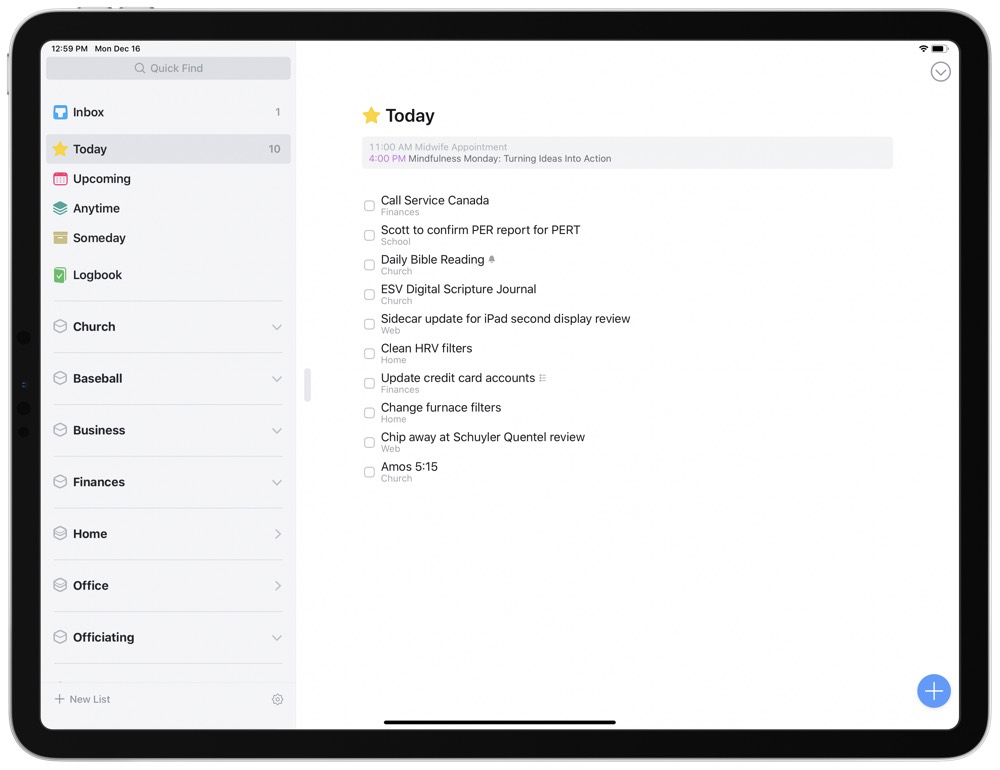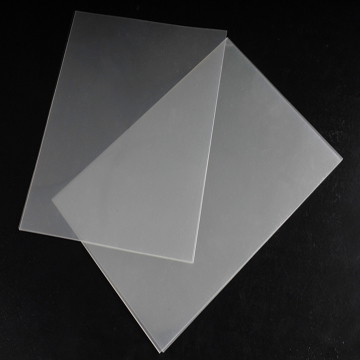- Quick Find's got you covered – it automatically detects when you’re typing a tag and lets you pull up an app-wide filter in milliseconds. Type Travel On the Mac, the power of Quick Find and the power of your keyboard combine to create a unique experience – we call it Type Travel.
- With the Quik app, you can create awesome videos with just a few taps. Choose your favorite photos and video clips then let Quik work its magic. In seconds, it finds great moments, adds beautiful transitions and effects, and syncs everything to the beat of the music. Customize your story with text.
- Quickbooks Online Mac Download
- Mac Address Lookup
- Intuit Quickbooks App For Windows
- Quickbooks For Mac
- Quick Find Mac App Shortcut
- Quickbooks App For Windows 10
Honestly, I tend to just click on apps from the dock, but many Mac users love this feature. Switch between different windows in an app ⌘+:This one makes research a heck of a lot easier.
The Finder is the first thing that you see when your Mac finishes starting up. It opens automatically and stays open as you use other apps. It includes the Finder menu bar at the top of the screen and the desktop below that. It uses windows and icons to show you the contents of your Mac, iCloud Drive, and other storage devices. It's called the Finder because it helps you to find and organize your files.
Open windows and files
To open a window and see the files on your Mac, switch to the Finder by clicking the Finder icon (pictured above) in the Dock. Switching to the Finder also reveals any Finder windows that might be hidden behind the windows of other apps. You can drag to resize windows and use the buttons to close , minimize , or maximize windows. Learn more about managing windows.
When you see a document, app, or other file that you want to open, just double-click it.
Change how your files are displayed
To change how files are displayed in Finder windows, use the View menu in the menu bar, or the row of buttons at the top of the Finder window. You can view files as icons , in a list , in columns , or in a gallery . And for each view, the View menu provides options to change how items are sorted and arranged, such as by kind, date, or size. Learn more about customizing views.
Quickbooks Online Mac Download
When you view files in a gallery, you can browse your files visually using large previews, so it's easy to identify images, videos, and all kinds of documents. Gallery View in macOS Mojave even lets you play videos and scroll through multipage documents. Earlier versions of macOS have a similar but less powerful gallery view called Cover Flow .
Gallery View in macOS Mojave, showing the sidebar on the left and the Preview pane on the right.
Use the Preview pane
The Preview pane is available in all views by choosing View > Show Preview from the menu bar. Or press Shift-Command (⌘)-P to quickly show or hide the Preview pane.
macOS Mojave enhances the Preview pane in several ways:
Mac Address Lookup
- More information, including detailed metadata, can be shown for each file. This is particularly useful when working with photos and media, because key EXIF data, like camera model and aperture value, are easy to locate. Choose View > Preview Options to control what information the Preview pane can show for the kind of file selected.
- Quick Actions let you easily manage or edit the selected file.

Use Quick Actions in the Preview pane
With Quick Actions in macOS Mojave, you can take actions on a file without opening an app. Quick Actions appear at the bottom of the Preview pane and vary depending on the kind of file selected.
- Rotate an image
- Mark up an image or PDF
- Combine images and PDFs into a single PDF file
- Trim audio and video files
To manage Quick Actions, click More , then choose Customize. macOS Mojave includes a standard set of Quick Actions, but Quick Actions installed by third-party apps also appear here. You can even create your own Quick Actions using Automator.
Use Stacks on your desktop
macOS Mojave introduces Stacks, which lets you automatically organize your desktop into neat stacks of files, so it's easy to keep your desktop tidy and find exactly what you're looking for. Learn more about Stacks.
The sidebar in Finder windows contains shortcuts to AirDrop, commonly used folders, iCloud Drive, devices such your hard drives, and more. Like items in the Dock, items in the sidebar open with just one click.
To change the items in your sidebar, choose Finder > Preferences from the Finder menu bar, then click Sidebar at the top of the preferences window. You can also drag files into or out of the sidebar. Learn more about customizing the sidebar.
Search for files

To search with Spotlight, click the magnifying glass in the menu bar, or press Command–Space bar. Spotlight is similar to Quick Search on iPhone or iPad. Learn more about Spotlight.

To search from a Finder window, use the search field in the corner of the window:
When you select a search result, its location appears at the bottom of the window. To get to this view from Spotlight, choose “Show all in Finder” from the bottom of the Spotlight search results.
In both Spotlight and Finder, you can use advanced searches to narrow your search results.
Delete files
To move a file to the Trash, drag the file to the Trash in the Dock. Or select one or more files and choose File > Move To Trash (Command-Delete).
To remove a file from the Trash, click the Trash to open it, then drag the file out of the Trash. Or select the file and choose File > Put Back.
To delete the files in the Trash, choose File > Empty Trash. The storage space used by those files then becomes available for other files. In macOS Sierra, you can set up your Mac to empty the trash automatically.
Automator User Guide
Intuit Quickbooks App For Windows
If you have a workflow you use frequently—for example, adding a watermark to large sets of images—and you want to make it easy to get to, you can create a Quick Action workflow. It is then available from Finder windows, the Services menu, or the Touch Bar (on a Mac with a Touch Bar).
Create a Quick Action workflow
In the Automator app on your Mac, choose File > New.
Select Quick Action.
Specify any of the following:
Workflow receives current: The type of data used as input to the workflow. If you choose Automatic, Automator guesses the type of input you want to use in your workflow.
Note: Only Quick Actions that receive files as input are available in Finder windows.
Application: The app or apps you want to use to process your workflow. Each app must be open for the workflow to be available.
Input is: If the workflow receives input from URLs, addresses, phone numbers, dates, or email addresses, you can specify different input options.
Output replaces selected text: When the workflow receives input from Text or Rich Text, you can specify that the output replaces the selected text.
Image: An image for your Quick Action. You can select an image on your Mac or choose an image from the menu.
Color: A color for your Quick Action (visible in the Touch Bar only).
Click Choose.
Add actions to your workflow.
To save your workflow, choose File > Save.
After you create a Quick Action, it automatically appears in the Action pop-up menu at the top of a Finder window, at the bottom of the Finder window preview pane in Column or Gallery view, and in the Services menu. You can also access Quick Actions in the Touch Bar by adding a Quick Actions button.
Add the Quick Actions button to the Touch Bar
To access Quick Actions from the Touch Bar, you must add the Quick Actions button. You only have to do this once.
Quickbooks For Mac
Choose Apple menu > System Preferences, then click Extensions.
On the left, click Touch Bar.
Click Customize Control Strip.
Drag the Quick Actions button to the bottom of the screen until it appears in the Touch Bar.
Click Done.
Choose which Quick Actions appear in the Finder and Touch Bar
By default, all Quick Actions workflows appear in Finder windows, the Services menu and the Touch Bar. You can change which Quick Actions appear in the Finder and Touch Bar.
Choose Apple menu > System Preferences, then click Extensions.
Click Finder.
Select the checkbox next to each action you want to be available from the Finder.
Click Touch Bar.
Select the checkbox next to each action you want to be available from the Touch Bar.
Set preferences for Quick Actions in the Touch Bar
Quick Find Mac App Shortcut
You can set the Touch Bar to show only Quick Actions, or have Quick Actions appear only when you press the Function key.
Choose Apple menu > System Preferences, then click Keyboard.
Do one of the following:
To make the Touch Bar show only Quick Actions, click the “Touch Bar shows” pop-up menu, then choose Quick Actions.
To make Quick Actions appear when you press the Function key, click the “Press Fn key to” pop-up menu, then choose Show Quick Actions.